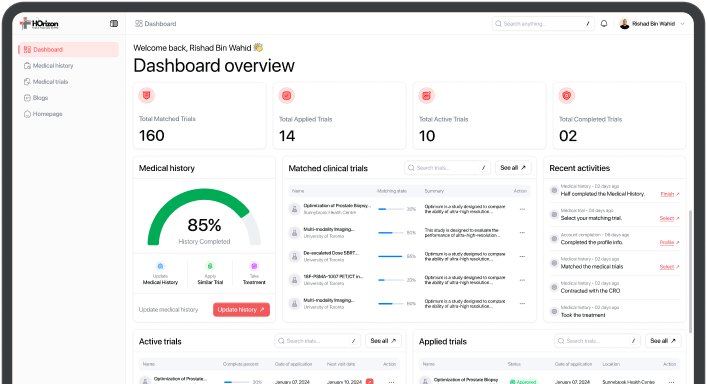
Pan-Canadian Lung Cancer Observational Study (PALEOS)
Contact information
Lynn Vicente
Milena (Lynn) Vicente
Brampton, Ontario, Canada, L6R 3J7
Basic information
18-30, 31-40, 41-50, 51-60, 61-70, Over 70 Age
25000 Enrollment
Cancer Lung Cancer
Trial Details
Brief Summary
This study is a multicenter, ambispective observational study that will collect data focusing on patients with lung cancers in Canada. The study will begin with ALK, EGFR, ROS1, ERBB2 (HER2), exon 20 EGFR mutation, MET and BRAF patients, with the goal of expanding into other rare molecular alterations within year 2
Official Title
Pan-Canadian Lung Cancer Observational Study (PALEOS)
Selection Criteria
Eligibility Inclusion Criteria
-
- Adults aged 18 years or older confirmed having lung cancer diagnosis since 2006.
- Canadian residents having lung cancer diagnosis with follow-up for cancer care occurring or planned to occur in Canada at the time of enrolment.
Eligibility Exclusion Criteria
-
- Inability to provide informed consent.
